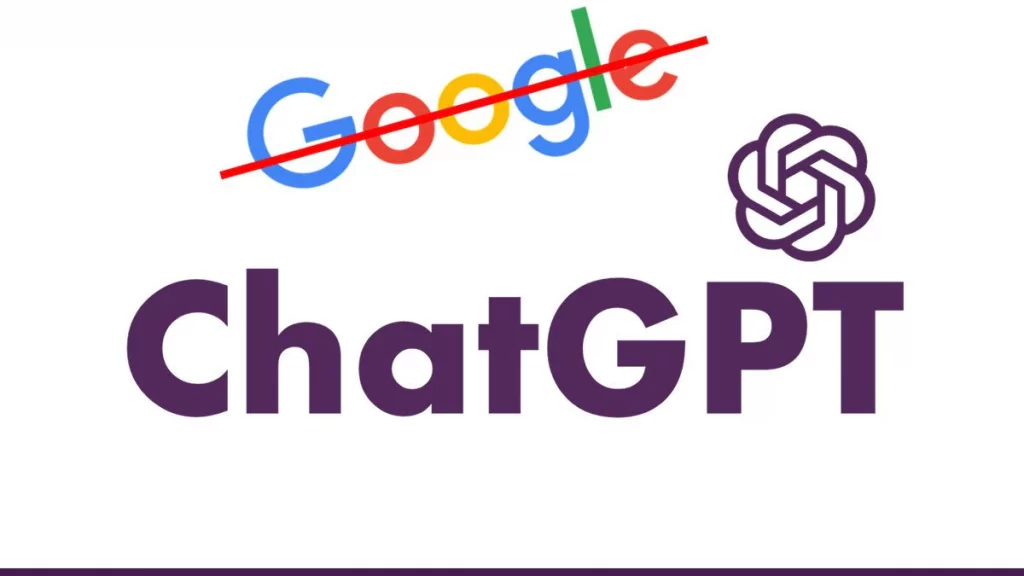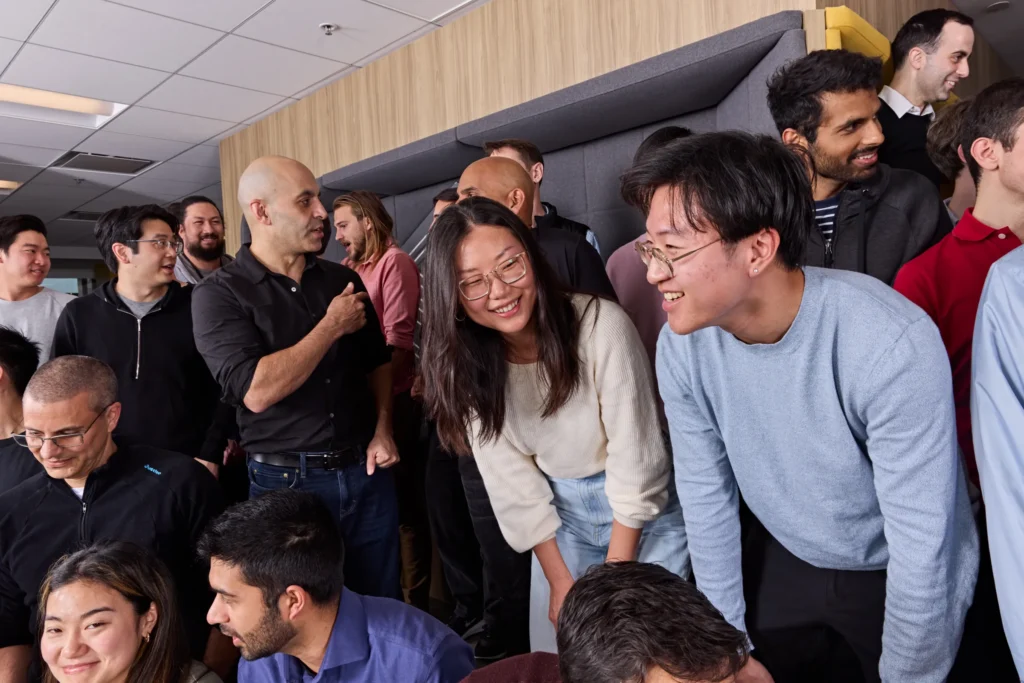Generally, I avoid making extremely bold claims. Yet, my goodness, it appears that we are on the cusp of a watershed moment in the development of search.
Reports, including one from Google, show that more and more young people are using TikTok instead of traditional search engines to find the information they need.


The growing interest in AI-powered chatbots like ChatGPT, meanwhile, has many wondering what the future of search will look like and whether the traditional list-driven approach to presenting results has finally run its course.
Although the enthusiasm surrounding these systems is relatively new, the motivation behind them is something Angela Hoover is very familiar with. Hoover, 24 years old, is the co-founder and CEO of Andi, an artificial intelligence (AI)-powered search startup backed by Y Combinator. She has been working for several years to usher in a new era of search, along with her co-founder, Jed White, a seasoned techie who has been involved with search and AI for nearly as long as Hoover has been alive.
Hoover and White happened to cross paths during a layover in the Denver airport, and they quickly bonded over their interest in speculating on the potential benefits of a search engine powered by artificial intelligence. And as luck would have it, White’s software-engineering background and his conviction that a better search strategy was already in front of us and waiting to be given life meshed beautifully with that mode of reflection.
Hoover says that the next generation of search has already been predicted in science fiction and will look like Jarvis, Samantha from “Her,” or C-3PO from “Star Wars.”
Despite how futuristic that may sound, Andi falls in the middle ground between more conventional search engines like Google and more conversational alternatives like ChatGPT. In doing so, it hopes to create a search experience that is at once novel and comfortable for its users. It’s a fascinating middle ground, moving towards the future while still embracing the past, at a time when so many people are questioning what search should even be.
AN EXPLANATION OF THE ANDI SEARCH METHOD
At the top of the Andi homepage is a search bar where you can type in any question you like. It’s been like a conversation so far, right?
But Andi’s twist comes later when the service merges this cutting-edge chat method with a more traditional search front end. When you ask a question, Andi always responds in natural language and gives you a link to the original source of the information, whereas ChatGPT does not (which Google’s sister company DeepMind is rumored to be working on perfecting before launching its own chatbot service).
If you want to dig deeper, Andi will also show you a panel with a scrolling series of more standard web results, either next to the chat window on the desktop or via a “Full search results” link on mobile. Just like on Google or any other standard search engine, you can further narrow your results by clicking on related news articles or images.
Hoover explains that by combining “the power of [AI interaction] with factual grounding,” they can guarantee that their generated answers are of the highest quality and accuracy.
Andi is currently updating this week to include a number of new artificial intelligence features beyond just a search function. Through the same chat-like interface, the service can now do things like summarising lengthy articles, sending emails on your behalf, and providing inspiration for LinkedIn posts on a given topic.
Gen Z, which includes Hoover and his peers, “is hungry for a new type of search engine,” he says. Thus, “we are beginning with search,” but “what we are most excited about is how you can use AI to have a smart assistant that can actually perform tasks on your behalf.”
The long-term vision for Andi is to become a one-stop shop for anything you might require, from the most basic information to the most complex forms of content creation, and even to the kinds of tasks, you might turn to a service like Google Assistant to handle, like making restaurant reservations.
But even in the most basic form of web searching, Andi has some noticeable deviations from the current search norms.
A COMPLETELY NEW APPROACH TO QUESTION-ANSWERING
If you’re used to Google’s lightning-fast search results, you might be disappointed to learn that Andi’s results aren’t always instantaneous. Andi skips a beat to provide a more modern, interactive feel, while Google has long highlighted the exact number of milliseconds each search takes to complete.
And it’s not for nothing more than a show: Andi’s knowledge is not based on an ever-evolving map of the internet like Google’s is. Instead, it performs a lookup as soon as you request it, providing you with the most up-to-date information right then and there.
Most of the best information can be pulled from real-time data on the fly, so “you don’t have to index the whole entire web,” Hoover says.
Along these lines, Andi considers the results you might get from a search engine like Google or Bing. The answers it provides are based on a combination of its own internal database and a massive list of external sources.
The end result is a totally new way of interacting with data. For instance, when I run the query “Who is JR Raphael?” on Google, the search engine returns a short list of web-based sources, the first of which is my profile page at Computerworld, another site where I write.
Andi, on the other hand, extracts a paragraph from one of my biographies and displays it in its chat interface, complete with a large link to the original page and a never-ending stream of additional results for perusal.
Neither strategy is a panacea, but they both have their advantages and disadvantages in this situation. Andi’s synopsis failed to do justice to my professional background or provide a comprehensive response. Nonetheless, it came much closer than Google’s alternative link list.
Andi’s method has some interesting practical advantages over the current norm, despite their superficial differences. In Andi’s search results, for instance, if you come across an article, you’ll see a “Read” option within the card for that result. If you tap that, the entire article will load in a streamlined, well-formatted, ad-free view without you ever having to leave Andi.
Although publishers may not be thrilled with the idea, and it may lead to some difficult questions and challenges in the future, it’s hard to deny that it makes reading more enjoyable for the reader.
Not only does Andi not have any advertisements, but she also doesn’t have any at all. The service was designed with the idea that there should be no advertisements or breaches of user privacy. It claims in its privacy policy that it does not log user information of any kind, including but not limited to IP addresses, locations, or cookies, and it does not keep track of the queries that are made to it. With a single text command, /clear, which you can use at any time, you can delete your current session and all of its history. The company hopes to make money in the future through paid premiums and business plans, but its primary offering will remain free and ad- and data-free.
It’s a bold bet for a startup with only two full-time employees to take on Google and the other established companies that want a piece of the AI chatbot market. The team behind Andi, on the other hand, sees this as standard procedure as they try to change the way people search.
Hoover and his team are very excited that there are new companies and ideas on the market. “That will only spur us on to greater success.”




